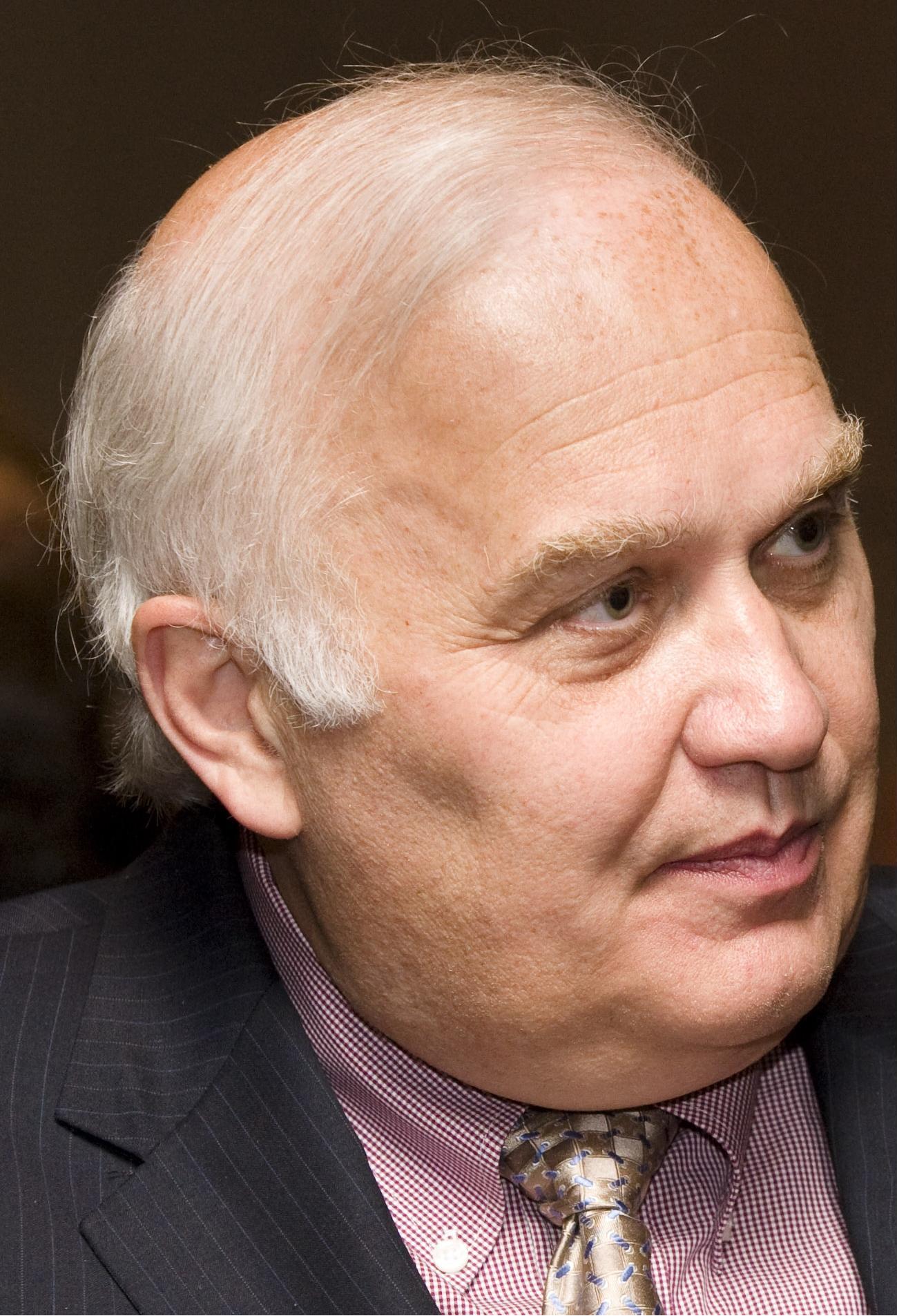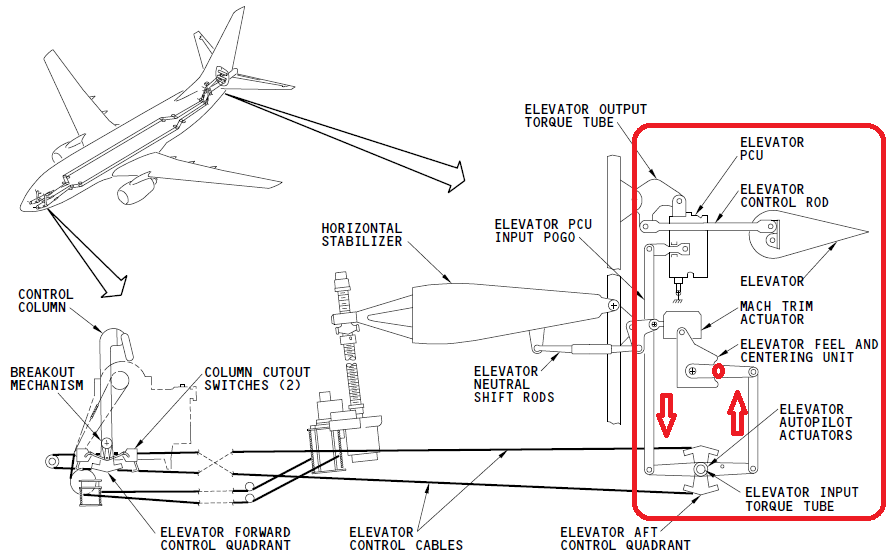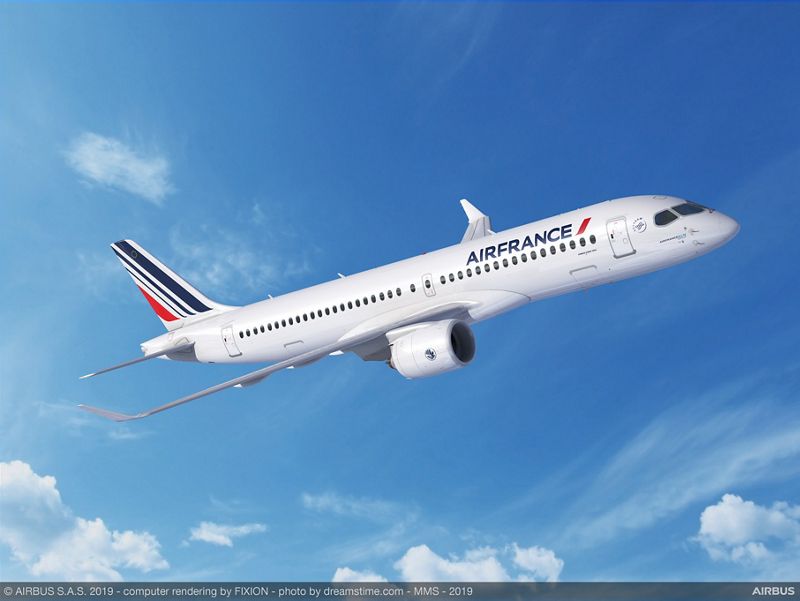Leeham News and Analysis
There's more to real news than a news release.
Look to 2013 787 grounding to see how Boeing will return MAX to service
By Scott Hamilton
Sept. 13, 2019, © Leeham News: As Boeing prepares for what it hopes is an imminent recertification of the 737 MAX from the Federal Aviation Administration, how it will handle the logistics of returning 381 grounded airplanes to service and delivering nearly 300 more undelivered 737s is key.
One need look to the only other time a Boeing jetliner, the 787, was grounded and how “One Boeing” coalesced to attack what was then its largest logistical task for its commercial airplanes unit.
The return to service of the 787 paled compared with the task facing Boeing today. In 2013, there were only 50 787s grounded worldwide after two lithium ion battery incidents: one fire and one near-fire, one on the ground and the other as the airplane took off.
In 2013, the production rate of the 787 was in the single digits per month. The 737 is being produced at a rate of 42/mo.
In 2013, there were a few score of 787s parked around Everett’s Paine Field awaiting delivery. Today, the nearly 600 737s are scattered around four locations in Washington State, a Boeing facility in Texas and various airline storage areas around the globe.
In May 2013, I wrote a freelance piece for CNN’s website how Boeing planned to return the 787 to service. This story may be found here.
A321 accounts for 50%+ of future deliveries; few production gaps
Subscription Required
Introduction
Sept. 12, 2019, © Leeham News: More than half the Airbus A320 family scheduled for delivery over the next four years will be the A321neo, according to an analysis performed by LNA.
Airbus is sold out through 2024 the current production rate of 60/mo or 720 per year.
The production rate increases to 63/mo next year, although LNA doesn’t have a precise time when this occurs.
A variable is also whether a full 12 months of production is calculated, or only 11 ½ months to allow for the summer vacation shutdown.
Either way, the production gaps appear manageable through 2024.
Summary
- Previous Airbus forecasts A321 would account for half of production were viewed skeptically.
- A321 long-term future depends on Boeing’s decision over the New Midmarket Airplane.
Pontifications: Next few weeks critical to aerospace industry
Sept. 9, 2019, © Leeham News: Reports increased last week that Europe’s EASA safety regulator may go its own way in recertifying the Boeing 737 MAX.
The head of IATA, the international trade group, and CEOs of several airlines and one lessor expressed fear and concern EASA won’t act with the Federal Aviation Administration to lift grounding orders of the MAX.
At the Regional Airline Assn. annual conference last week, buzz among journalists focused on one unverified report, based on EASA’s doubts reported during the week yet to hit the media, could significantly extend the grounding—measured in months, not weeks.
I know efforts are being made to verify the information.
If true, the effects would be devastating.
Pontifications: Catching up on Odds and Ends-Alaska’s Airbus fleet, first E195-E2 delivery, Boeing’s MAX rebranding question
- Take our Boeing 737 MAX rebranding poll at the end of this post.
Sept. 2, 2019, © Leeham News: It’s time to catch up on Odds and Ends.
Alaska Airlines
In its second quarter earnings call and 10Q Securities and Exchange Filing, Alaska Airlines said it was returning one Airbus A319 and two A320s off lease this year and next.
These airplanes are from its Virgin America acquisition, which introduced the Airbus family into the all-Boeing Alaska mainline operations.
Alaska officials have said several times they are evaluating whether to phase out all Airbuses and return to an all-Boeing fleet, or keep the Airbuses and operate a mixed fleet indefinitely.
I wondered if this was the start of the phase out.
“We are planning to return 1 A319 this year and 2 A320s next year at normal lease expiration,” Brandon Pederson, EVP and CFO of the company, wrote LNA. “This is not part of a broader fleet decision, nor a phase out of the smaller Airbus aircraft. Leases on the remaining 50 A319/A320 aircraft in the fleet have varying maturities through 2025.”
Bjorn’s Corner: Fly by steel or electrical wire, Part 6
August 30, 2019, ©. Leeham News: In our series about classical flight controls (“fly by steel wire”) and Fly-By-Wire (FBW or “fly by electrical wire”) we now discuss the flight control laws which are used for Classical flight controls and FBW systems.
Bjorn’s Corner: Fly by Steel or Electrical wire, Part 5
August 23, 2019, ©. Leeham News: In our series about classical flight controls (“fly by steel wire”) and Fly-By-Wire (FBW or “fly by electrical wire”) we now look at practical implementations after discussing the authority of the flight control system last week.
As before we compare the classical 737 system to the A320 FBW system.
Boeing’s Long Term Cash Flows
Subscription Required
By Vincent Valery
Introduction
Aug. 19, 2019, © Leeham News:Boeing’s long-time priorities, adopted after the 787 program finally was past its troubles, is shareholder value.
Boeing has spent tens of billions of dollars over the years in stock buybacks. It has regularly increased dividend payments.
In the context of a global aviation boom, the Commercial Airplanes division has generated the bulk of cash flow growth in recent years for the company. The creation of Boeing Global Services is a move toward achieving mid-teen margins for The Boeing Co.
Just like any aircraft OEM, the ability to generate cash flows rests on having an up-to-date and desirable product line up for customers.
 Before the Ethiopian Airlines Boeing 737 MAX crash, things were looking good for Boeing. Assuming a successful resolution of the 737 MAX crisis, Boeing should return to generating strong operating cash flows afterward.
Before the Ethiopian Airlines Boeing 737 MAX crash, things were looking good for Boeing. Assuming a successful resolution of the 737 MAX crisis, Boeing should return to generating strong operating cash flows afterward.
However, how long is the current product line up expected to sustain those cash flows and what could Boeing do about it?
Summary
- Dreamliner: from costly delays to cash flow machine
- Boeing 777 provided strong cash flows at critical time and 737 rode global aviation boom until grounding
- Significant production gaps on 737, 777 and 787 appear from mid 2020s, potentially threatening cash flow generation
- New variants, derivatives and clean sheet design would sustain cash flows longer.
Read more
Pontifications: Muilenburg reaffirms MAX hopes, NMA ambiguity and 777X delay
Aug. 12, 2019, © Leeham News: Boeing CEO Dennis Muilenburg so far is sticking to a previously timeline in which the company expects to turn over to the Federal Aviation Administration next month the software fixes for the 737 MAX.
He continues to hope that this results in the lifting of the FAA’s grounding order and return to service (RTS) in the early fourth quarter.
He also sticks to the long-offered entry-into-service timeline of 2025 (though previously indicated there could be some slippage) if Boeing proceeds with the New Midmarket Aircraft, for which the business case still hasn’t closed.
And finally, he reaffirmed that first flight of the 777X will slip to early next year.
He made the remarks Aug. 7 during an appearance of a Jeffries Co. investors conference.
None of this was news, actually. All had been discussed on the July 27 2Q2019 earnings call. But this all served as a reaffirmation for the MAX information, where things are so fluid that new information sometimes emerges day after day.








